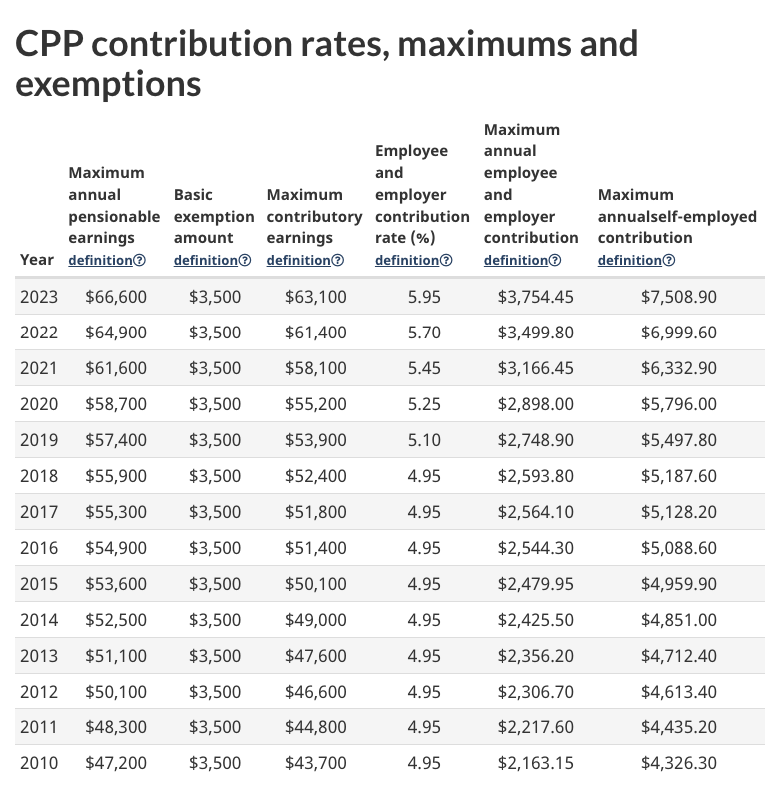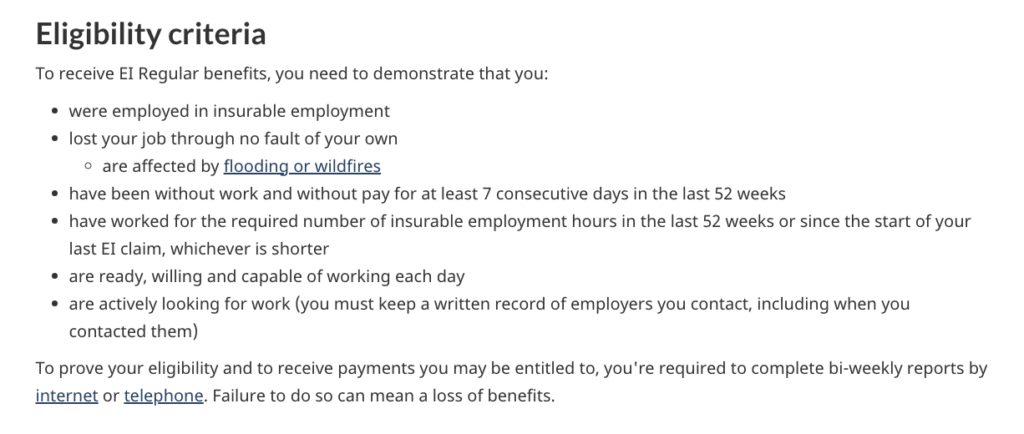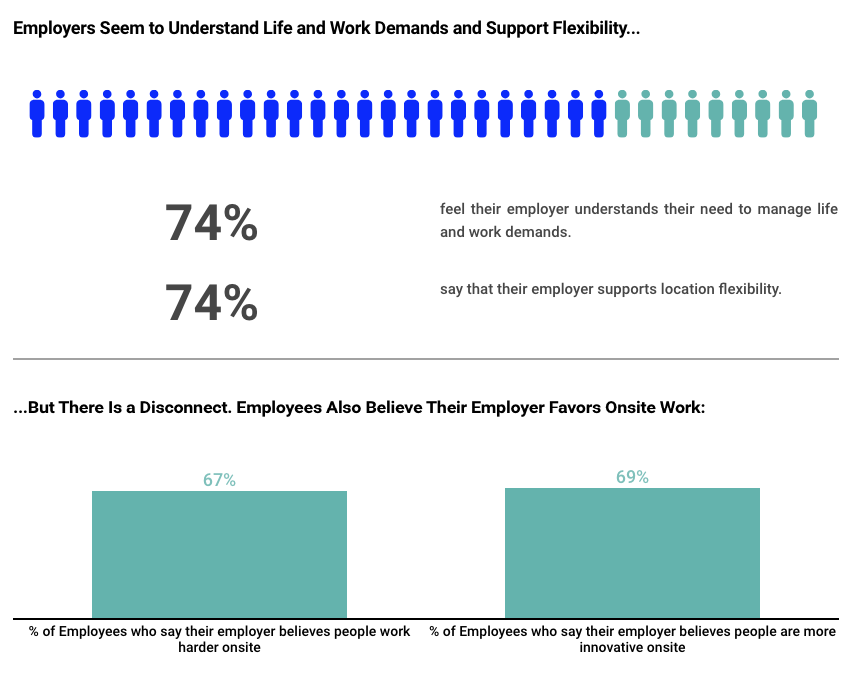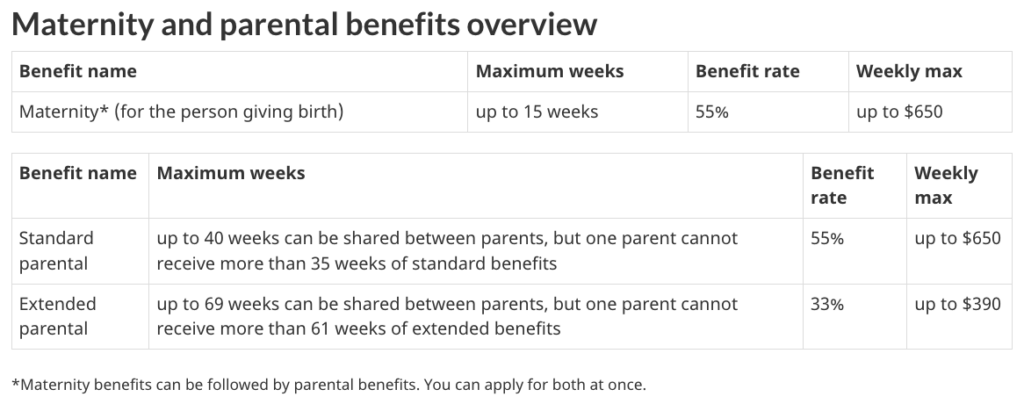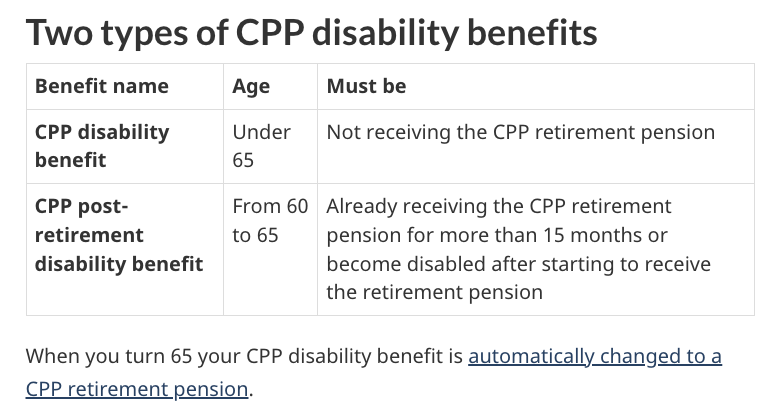Using the appropriate benefits can help employees in Canada better cope with both short-term and long-term illnesses and disabilities, ensuring they receive the financial support they need during these challenging times.
Additional Supplementary Benefits
In addition to mandatory employee benefits, employers in Canada often offer a range of supplementary benefits to attract and retain talent. These benefits may include private health insurance, life insurance, long-term disability coverage, and group registered retirement savings plans, among others.
One popular supplementary benefit is the provision of eye exams and eye checkups for employees. Regular eye exams are essential for maintaining good eye health and can help detect vision problems early. Some employers may also offer additional vision care benefits, such as coverage for prescription eyewear or contact lenses.
Flexible benefits are becoming increasingly popular among Canadian employers as well. These programs allow employees to customize their benefits package to suit their individual needs and preferences. For example, employees may have the option to allocate a portion of their benefits budget towards additional health insurance, wellness programs, or other services that contribute to their overall well-being.
Healthcare spending accounts (HSAs) are another type of non-mandatory benefit that some Canadian employers provide. HSAs give employees the flexibility to allocate pre-tax dollars for various health-related expenses that may not be covered by their primary health insurance plan. Examples of eligible expenses include dental services, prescription medications, and alternative therapies such as acupuncture or chiropractic care.
Life insurance is another common supplementary employee benefit in Canada. This type of insurance provides financial support to an employee’s beneficiaries in the event of their death. Employers may offer basic life insurance coverage as part of their standard benefits package, with the option for employees to purchase additional coverage for themselves or their dependents.
Supplementary employee benefits in Canada can vary widely between employers and industries. By offering a diverse range of non-mandatory benefits, employers can create a more attractive work environment and better support the well-being of their workforce.
Employment Compensation and Payroll
In Canada, employers are responsible for managing payroll and ensuring that employees receive accurate and timely compensation for their work. This includes managing deductions, earnings reports, unemployment benefits, and insurance premiums. Payroll management involves calculating the earnings of salaried employees, deducting taxes, and making necessary contributions to mandatory benefits programs.
One key element of employment compensation is the Canada Pension Plan (CPP). This taxable benefit is designed to replace a portion of an employee’s income upon retirement. Both employees and employers are required to contribute to the CPP. In 2023, the contribution rate stands at 5.95%, with a maximum annual contribution of $3,754.
Another aspect of employee compensation is the treatment of taxable benefits. These benefits could include automobile allowances, board and lodging, gifts and awards, group term life insurance policies, and interest-free or low-interest loans. Employers must report these benefits on employees’ T4 slips and deduct necessary taxes.
Overtime compensation is another essential factor in payroll management. In general, employees who work more than a specific number of hours per week are entitled to overtime pay, which is usually 1.5 times their regular hourly rate. The specific rules regarding overtime pay vary by province, so it’s essential for employers to understand the regulations in their jurisdiction.
Regarding transportation, some employers might provide a taxable benefit in the form of a taxi allowance or reimbursement for employees who use taxis for work-related purposes. This benefit must be reported on the employee’s T4 slip and is subject to taxes.
It is crucial for employers in Canada to efficiently manage their payroll systems by understanding the various components of employee compensation, making necessary deductions for taxes and benefits programs, and complying with all relevant regulations. This will ensure that employees are fairly compensated for their work and that employers remain in compliance with Canadian laws.
Recruitment and Retention Strategies
In a competitive job market, companies in Canada are striving to attract top talent and improve employee retention rates. Offering competitive wages is one strategy that many employers are adopting to address the issue. In fact, 53.3% of Canadian employers have already or plan to increase wages to retain staff.
But retaining top talent often requires more than just competitive wages. Investing in employee engagement and satisfaction can help prevent talented professionals from looking for opportunities elsewhere. Canadian employers are putting a strong focus on attraction and retention, with 64% and 57% citing them as key challenges influencing their total rewards decisions.
To keep employees engaged, companies should focus on creating positive work environments, offering opportunities for growth and development, and promoting a healthy work-life balance. Additionally, ensuring clear communication and providing regular feedback can foster a culture of transparency, further helping to maintain employee satisfaction and reduce turnover rates.
Enhancing benefits packages is another approach employers are resorting to as a means to attract and retain talent. According to the Canadian HR Reporter, controlling employee benefits costs has become less of a priority, shifting the focus towards attracting and retaining staff. This could include offering a variety of benefits such as health care coverage, retirement savings plans, and other non-monetary perks like flexible working arrangements or additional paid time off.
By implementing effective recruitment and retention strategies, employers in Canada can improve the hiring process and maintain a motivated, productive, and satisfied workforce in their organizations.
Legal Compliance and Risk Management
In Canada, employers must ensure compliance with various labor laws and legislation in order to effectively manage risks related to employee benefits. Compliance with these regulations is essential to avoid legal complications, maintain a positive reputation, and foster a healthy work environment.
One of the key aspects of managing employee benefits involves adhering to the Canadian labor laws to ensure employee rights and entitlements are met. This includes adhering to regulations related to vacation time, sick leave, critical illness leave, and other mandatory benefits. Employers must also maintain accurate records and documentation to demonstrate compliance and avoid potential litigation.
Furthermore, risk management involves staying abreast of changes to legislation and adjusting company policies accordingly. Ever-changing employment regulations make HR compliance a complex endeavor that requires continuous attention and effort. This may include revising processes and updating employee handbooks, ensuring that company practices remain aligned with current standards.
In matters related to taxation, employers should collaborate with the Canada Revenue Agency (CRA) and ensure compliance with rules regarding payroll deductions, remittances, and reporting. This includes the collection and remittance of income tax, employment insurance premiums, and Canadian Pension Plan contributions.
Collaborating with insurers is another essential component of risk management in employee benefits. Employers should work in partnership with insurance providers to develop comprehensive benefit plans that meet both legal requirements and the unique needs of their workforce. This includes regularly reviewing and updating benefit packages to maintain compliance and reflect changing employee demographics and needs.
Legal compliance and risk management in relation to employee benefits in Canada involve staying up-to-date with labor laws and legislation, maintaining accurate documentation, collaborating with the CRA and insurers, and continually adjusting company policies and benefit plans as necessary. By adhering to these practices, employers can effectively navigate the complexities surrounding employee benefits and minimize potential risks.
The Effect of Benefits on Company Culture
In a time where companies are competing to attract and retain top talent, it’s important to consider the impact of employee benefits on company culture. A strong benefits package conveys that the company values its employees’ well-being and is invested in their long-term success. Benefits can have a significant influence on employee engagement, overall well-being and the reinforcement of an organization’s values.
A company that offers a well-rounded benefits package typically sees an increase in employee morale and productivity. By providing employees with insurance coverage, paid time off, and retirement plans, companies demonstrate that they understand and support their employees’ needs outside of work. Additionally, this fosters a sense of trust and loyalty between the organization and its workforce.
An essential aspect of incorporating benefits into company culture is ensuring that they align with the company’s core values. For instance, a company that prioritizes work-life balance might offer flexible work hours, remote work options, and paid parental leave. On the other hand, companies that focus on continuous growth and development might provide employees with learning opportunities and professional development incentives. In either case, the benefits should reflect the organization’s values and reinforce the company’s mission.
One notable trend in benefits packages is the emphasis on employees’ overall well-being. This can include wellness programs, gym memberships, mental health support, and other initiatives aimed at maintaining a healthy work-life balance. Implementing these types of benefits demonstrates that the company is dedicated to creating a positive and supportive work environment. Moreover, it leads to increased employee engagement as team members feel more connected to the company’s culture and objectives.
The integration of employee benefits within a company’s culture can have a profound effect on employee engagement and overall well-being. By offering a comprehensive and value-aligned benefits package, companies can foster a positive work environment where employees feel valued, supported and motivated to contribute their best to the organization.
Trends in Employee Benefits
The landscape of employee benefits in Canada is continuously evolving, reflecting the changing needs and preferences of the workforce. One major trend in recent years is the increased focus on wellness programs, which aim to support employees’ physical and mental health. These programs often include initiatives such as fitness memberships, mental health resources, and preventive care measures.
Remote work has become more prominent, particularly due to the global pandemic. Employers have recognized the benefits of providing flexible work arrangements for employees, including better work-life balance and reduced commuting costs. Consequently, companies are actively offering remote work options to attract and retain talents.
Demographics also play a role in shaping employee benefits, as employers strive to cater to the diverse needs of their workforce. For instance, organizations are increasingly offering menopause leave, which saw a 1,300% year-on-year increase in searches since 2018. Furthermore, benefits targeted at different generations, like student loan repayment programs for younger employees and retirement planning for older staff, illustrate the efforts made to accommodate varying life stages.
Inflation poses a significant challenge for the design of employee benefits, as rising prices affect the purchasing power of employees. As a result, employers must constantly review and adjust their packages to ensure they remain competitive and appealing to the workforce. This may involve updating traditional benefits such as health insurance, pensions, and paid leave, as well as introducing innovative perks like additional vacation days or personalized rewards.
Continuous training and professional development opportunities are also gaining importance among employees. Companies that invest in their staff’s growth can expect better performance, engagement, and retention. Thus, employers are providing various learning resources, mentorship programs, and access to industry events to promote their employees’ skill development.
In conclusion, the trends in employee benefits in Canada show a move towards more comprehensive and tailor-made packages that cater to the individual needs and preferences of the workforce.

